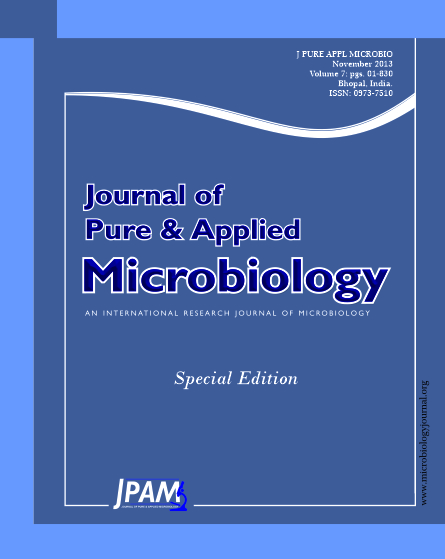Oligo-glucomannan (OGM) could be obtained through enzymolysis from KGM, a water-soluble polysaccharide isolated from Konjac flour. The sulfated derivative of OGM (OGMS) was prepared by chlorosulfonic acid method with formamide as a dehydration-condensation agent. OGMS was one kind of low molecular weight polysaccharide sulfate which had different weight-average molecular mass (Mw) ranging from 1.8 to 2.0 KDa and different degree of substitution (DS) ranging from 1.25 to 1.73. FT-IR and 13C NMR spectra indicated that the sulfated groups had been introduced at C-2 0C-6 and C-3 positions of OGMS. OGMS had significant inhibitory effect on the growth of HepG2 and Hela cells in vitro at concentration higher than 0.2mg/mL. On the other hand, OGMS was a potent inhibitor of viruses HBV, IAV and CBV3, with IC50 values determined in vitro of 8.3, 4.2 and 3.1µÀgmL-1, respectively due to its sulfated groups and low molecular weight. The results showed that konjac oligo-glucomannan sulfate could be developed as a new type of medicine which had potential antiviral activity.
Sulfated derivative, Oligo-glucomannan, Cytotoxicity, Antiviral
© The Author(s) 2013. Open Access. This article is distributed under the terms of the Creative Commons Attribution 4.0 International License which permits unrestricted use, sharing, distribution, and reproduction in any medium, provided you give appropriate credit to the original author(s) and the source, provide a link to the Creative Commons license, and indicate if changes were made.


